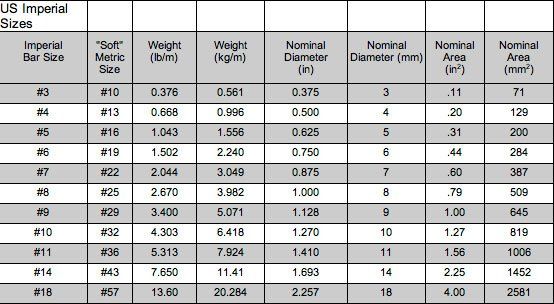Reinforcing Bar
REINFORCING BAR (REBAR)
Generally, reinforcing steel bars are either carbon-steel (conforming to ASTM A615) or low-alloy steel (conforming to ASTM A706).
Reinforcing bars typically come in two primary grades: Grade 40, which has a minimum yield strength of 40,000 psi, and Grade 60, which has a yield strength of 60,000 psi. The metric equivalents for these are Grade 420, which has equivalent yield strength of 420 MPa (megapascals) and Grade 520, which has an equivalent yield strength of 520 MPa.
Steel reinforcing bars are produced by pouring molten steel into casters and then running it through a series of stands in the mill, which shape the steel into reinforcing bars. The cross hatching's, called “deformations,” help transfer the load between concrete and steel.
For buildings, bridges, highways, and runways, the cast-in-place concrete “body” and shop-fabricated steel “musculature” of reinforcing bar work in tandem to create one of the most durable and most economical composite materials.
Reinforced concrete is composite material. The concrete provides the material's compressive strength, while the steel - in the form of embedded reinforcing bars - provides tensile strength.

ABOUT US
We are proud of our longstanding commitment to innovation and providing quality customer metal fabrication and finishing services for an extensive range of applications and industries. L and L Metal Fabrication offers unique design build services to expedite the installation of your custom metal products and equipment.”
Copyright © 2019 L&L Metal Fabrication
Designed and Developed by Freedom Digital Solutions
All Rights Reserved | Privacy Policy
